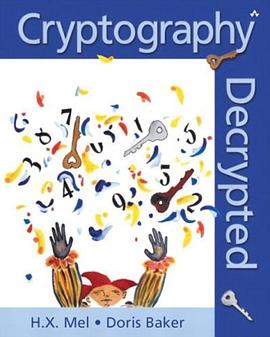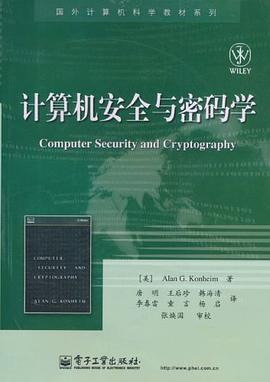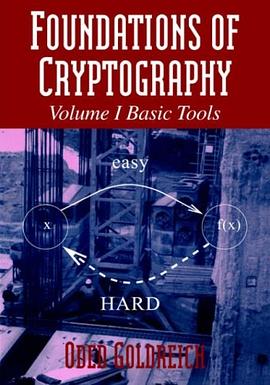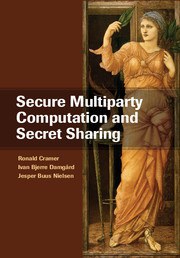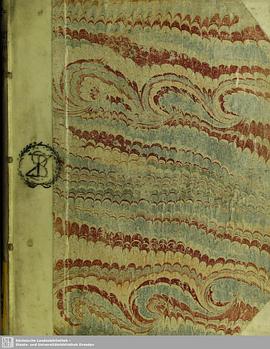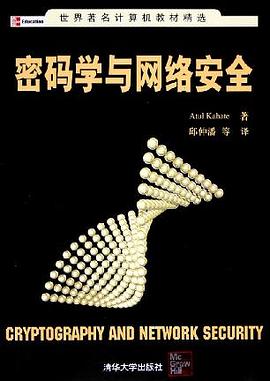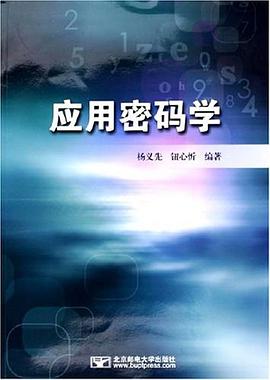

具体描述
Codes have decided the fates of empires, countries, and monarchies throughout recorded history. Mary, Queen of Scots was put to death by her cousin, Queen Elizabeth, for the high crime of treason after spymaster Sir Francis Walsingham cracked the secret code she used to communicate with her conspirators. And thus the course of British history was altered by a few sheets of cryptic prose. This is just one link in humankind's evolutionary chain of secret communication, and just one of the fascinating incidents recounted in The Code Book, written by bestselling author Simon Singh.
Combining a superb storyteller's sense of drama and a scientist's appreciation for technical perfection, Singh traces the evolution of secret writing from ancient Greek military espionage to the frontiers of computer science. The result is an epic tale of human ingenuity, with examples that range from the poignant to the peculiar to the world-historical.
There is the case of the Beale ciphers, which involves Wild West escapades, a cowboy who amassed a vast fortune, a buried treasure worth $20 million, and a mysterious set of encrypted papers describing its whereabouts--papers that have baffled generations of cryptanalysts and captivated hundreds of treasure hunters.
A speedier end to a bloody war was the only reward that could be promised to the Allied code breakers of World Wars I and II, whose selfless contributions altered the course of history; but few of them lived to receive any credit for their top-secret accomplishments. Among the most moving of these stories is that of the World War II British code breaker Alan Turing, who gave up a brilliant career in mathematics to devote himself to the Allied cause, only to end his years punished by the state for his homosexuality, while his heroism was ignored. No less heroic were the Navajo code talkers, who volunteered without hesitation to risk their lives for the Allied forces in the Japanese theater, where they were routinely mistaken for the enemy.
Interspersed with these gripping stories are clear mathematical, linguistic, and technological demonstrations of codes, as well as illustrations of the remarkable personalities--many courageous, some villainous, and all obsessive--who wrote and broke them.
All roads lead to the present day, in which the possibility of a truly unbreakable code looms large. Singh explores this possibility, and the ramifications of our increasing need for privacy, even as it begins to chafe against the stated mission of the powerful and deeply secretive National Security Agency. Entertaining, compelling, and remarkably far-reaching, this is a book that will forever alter your view of history, what drives it, and how private that e-mail you just sent really is.
Included in the book is a worldwide Cipher Challenge--a $15,000 award will be given by the author to the first reader who cracks the code successfully. Progress toward the solution will be tracked on The Code Book website.
作者简介
西蒙·辛格,出生于英国南部萨默赛特郡,是印度旁遮普遗民后裔,曾在伦敦帝国学院学习物理,获得剑桥大学粒子物理学博士学位。前BBC资深节目制作人,其制作的《地平线:费马大定理》获得英国电影学院奖,同名科普书成为畅销书。《码书》是作者又一部心血之作,也是BBC系列专题《保密的科学》的底本,博得世界性声誉。
译者刘燕芬,台湾师范大学英语系毕业。曾任国中英语教师,现旅居德国,从事中-德、中-英文之笔译与口译,并教授中文。
目录信息
读后感
书本身无话可说,内容是无可挑剔的棒!一本科普书能写到这个地步真的是太不容易了。问题是翻译,本书的翻译在语言上没什么大问题,文笔非常流畅,读起来毫无晦涩之感。只是,似乎译者对二战史一窍不通,很多常见的人名竟然翻译错了。比方说“尼米兹”被翻译成了“里米茨”,“...
评分密码学首先是信息学,对信息的加密与解密就如同“盾”与“矛”,也如同这个世上没有最强的“盾”,也没有最尖锐的矛。 本书以递进式演绎过程介绍了密码学,就像推理小说般一样,你以为当前的加密方法是牢不可破的时候,总有比你更聪明的人将匕首刺了进来。如果将早期的信息隐匿...
评分从计算机时代到如今以手机为主导的移动互联网时代,数据泄漏事件呈指数式增长,涉及到金融业、医疗行业、通信、教育等多个行业,仅2017年前11个月的全球数据泄露事件,就已经比2016年全年的数量多出10%。各国都开始高度重视网络信息安全,我国的网络安全法也在2017年6月1日正式...
评分曾经翻过这本书,把密码学的原理从古代讲到当代,故事非常精彩,读者看起来也不会觉得累。估计新书很难买到了,因为去年曾经需要买几本新书送人,结果北京的书店和经销商处都没有。只好联系出版社,但也只剩下五本书了。为了不耽误送人的时间,等不及汇款去再邮寄过来,只好托...
评分用户评价
很生动 又不失准确
评分><
评分Superb
评分Superb
评分结合历史发展介绍密码和解密学的发展,很浅显的书。前面写得比较精彩,RSA加密算法部分数学的原理没有讲透彻,看得不够爽。不知道作者是不是有意为之。作者对目前发展出来的加密算法也太有信心了吧?我个人是相信加密算法一定有被破解的一天的。
相关图书
本站所有内容均为互联网搜索引擎提供的公开搜索信息,本站不存储任何数据与内容,任何内容与数据均与本站无关,如有需要请联系相关搜索引擎包括但不限于百度,google,bing,sogou 等
© 2025 book.quotespace.org All Rights Reserved. 小美书屋 版权所有



